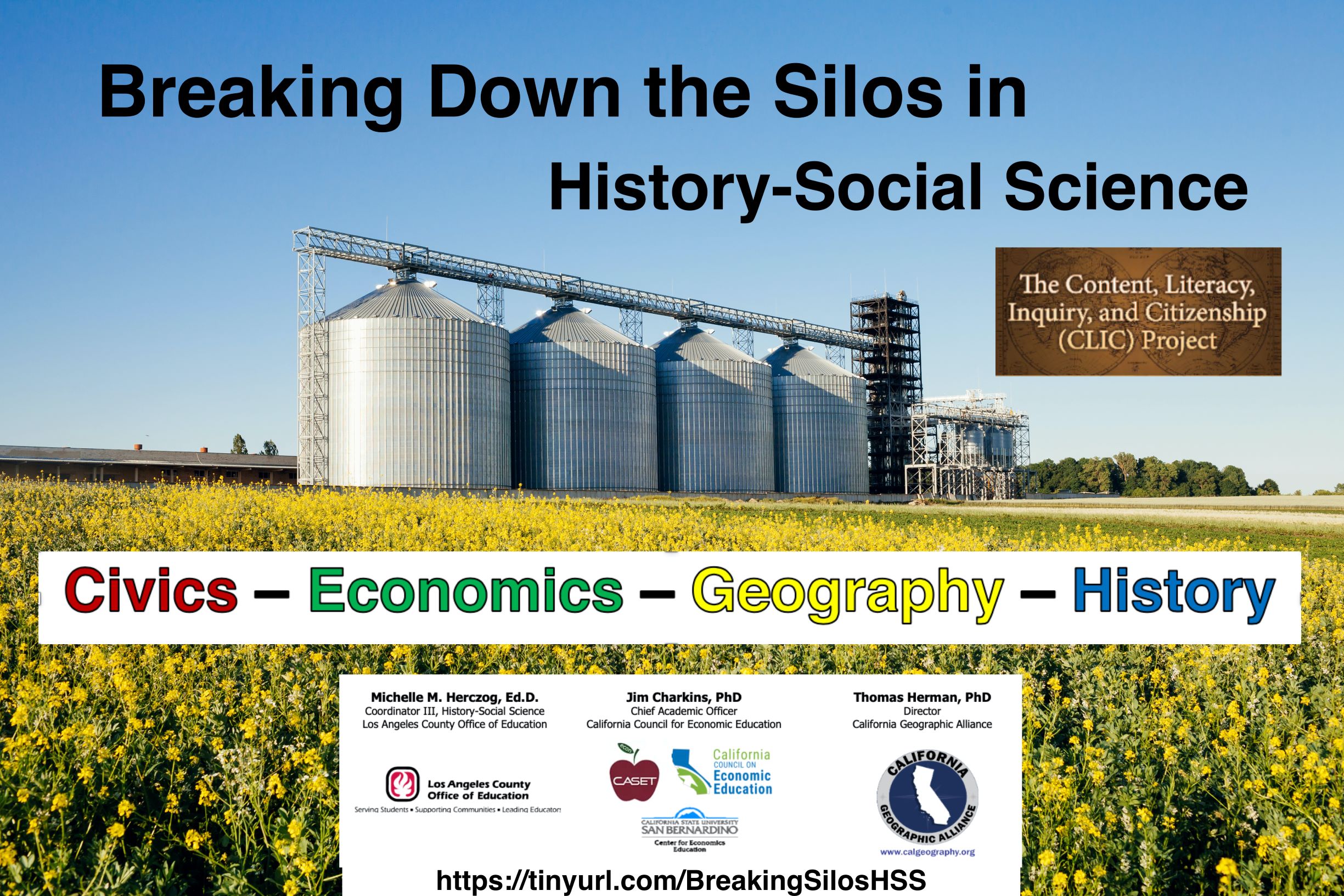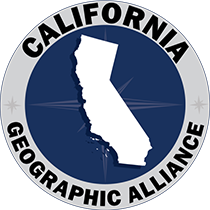If history is to be a “story well told,” it must draw on the breadth of social studies disciplines and consider how human experience unfolded in relation to a variety of contexts. This project began as a collaborative article submitted to the Social Studies Review, then a presentation at the 2020 CCSS Conference, and evolved into a recorded webinar series. We hope we have made good use of the opportunities afforded by remote learning, and that this information will be helpful for teachers of upper elementary social studies and middle and high school teachers of our combined history and geography courses.
This webinar series can be viewed at no cost. Folders for each of the 4 sessions include the complete webinar video, slide sets, handouts, and other resources.
- Session one (39 minutes) provides a brief introduction to the unique perspectives represented by the three social science disciplines that are grouped with history. We explain how activating the disciplinary lenses of civics, economics, and geography helps students understand how and why history happened as it did.
- Session two (51 mins.) turns the focus on the events leading up to the American Revolution. Each of the three speakers illustrates how teachers can activate the different disciplinary lenses to tell a richer story and help their students have a more complete understanding of how and why history was made. Useful resources are introduced in the slides presented in this session.
- Session three (30 mins.) consists of an educational play written to connect and humanize the understandings provided by approaching this historical period with civics, economics, and geography in mind. The script can be used “as is” as part of an anticipatory set or students could expand the script to include additional characters and demonstrate their understanding of the issues that shaped the trajectory and the different ways that this trajectory was experienced by different types of people in different locations.
- Finally, session four introduces (24 mins.) a lesson planning template along with guidance on how to align instruction with the shifts introduced in the History-Social Science Framework.


